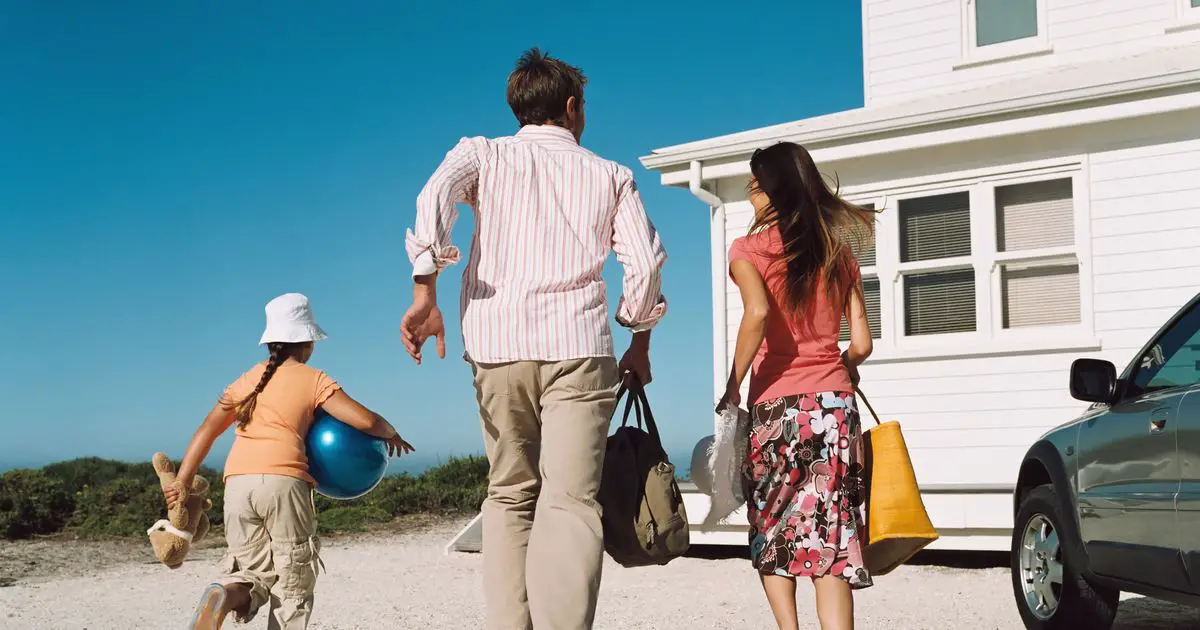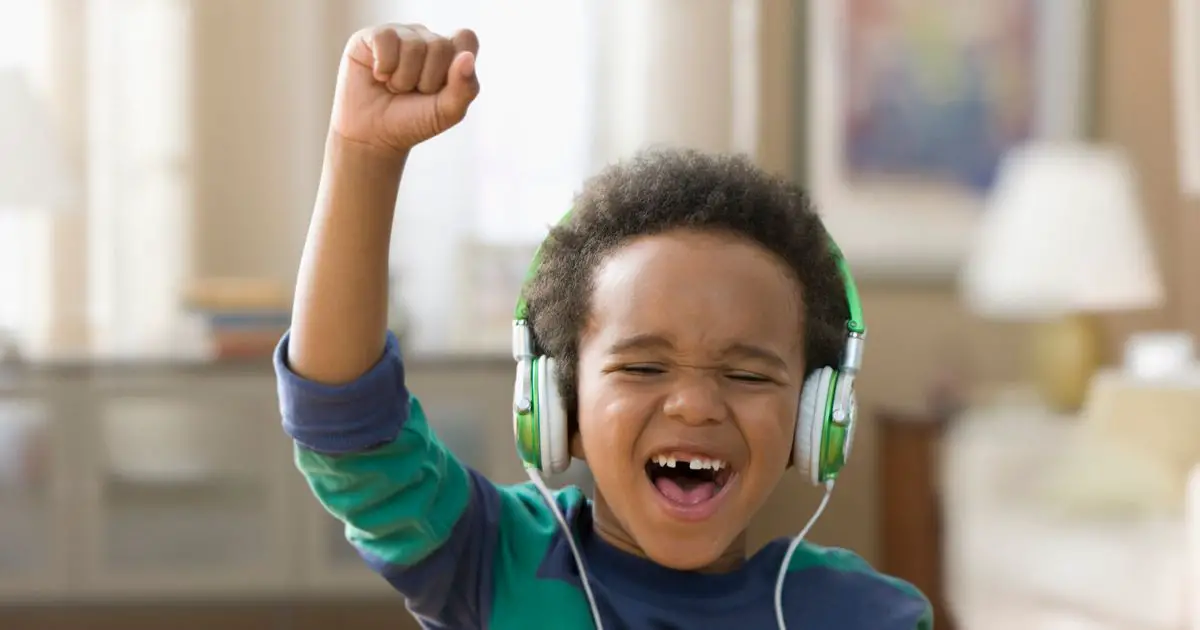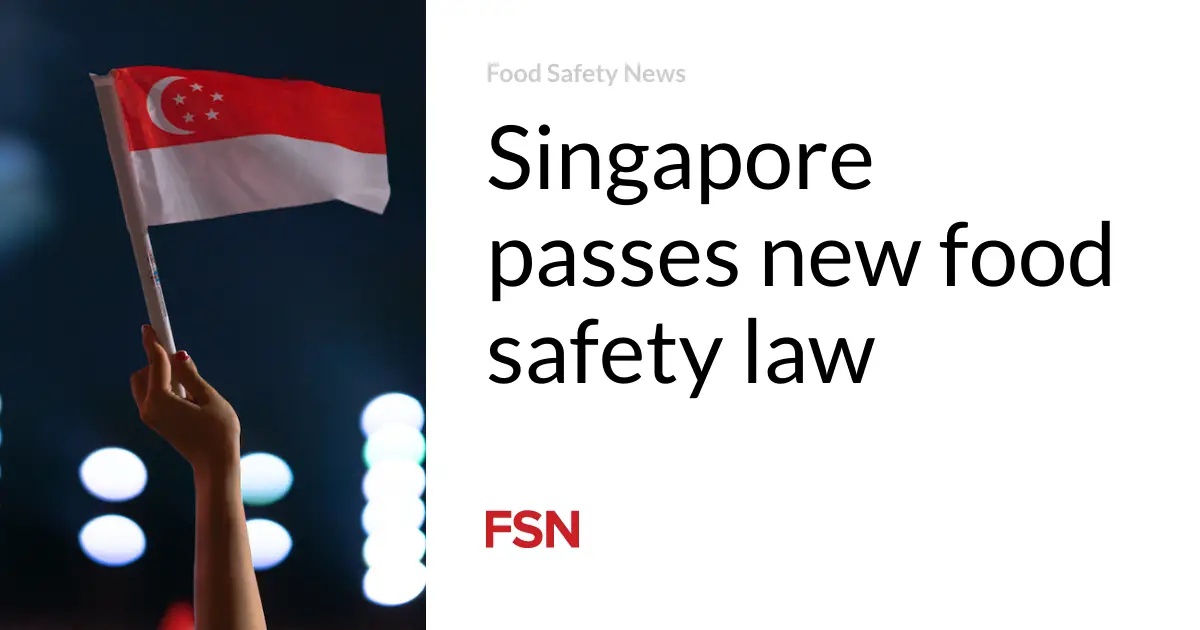
For convenience and comfort, many families book a vacation rental through Airbnb, or a similar service, instead of staying in a hotel. Renting a home allows you to prepare your own meals, spread out in separate bedrooms, and not have to worry about waking the neighbours when your kids decide to start practicing their long jump at 6 a.m.
Many homes may be marked “family friendly,” but depending on your children’s ages, you may want to refine your search to exclude potential hazards such as stairs, balconies, swimming pools and hot tubs. Being able to see photos is helpful, of course. If you have a curious toddler, places with displays of elaborate glassware are probably a no.
Peter Kerin, a dad of three and a professional childproofer at Foresight Childproofing in Minnesota, told HuffPost: “One of the first things would be, just look at the floor layout.” Even without a diagram, Kerin said, from pictures you can usually ascertain if it’s “something that’s going to lend itself to being easier to manage and live in for a week or two.”
What you want to be able to do, Kerin said, is identify a space you can make safe for your child to sleep in, and “a safe area for you to be with the child.” While you’re perusing photos, note the handles of doors. Knobs are trickier for kids to open, but with a lever handle, “soon as a child can reach it, they can open the door,” Kerin said.
Of course, there’s no substitute for constant supervision, but checking listings for certain features, or asking hosts about them in advance, can help reduce your odds of accidents and injuries while you’re away from home.
Both Kerin and professional babyproofer Kim Finkbeiner, the president of Babyproofing Pittsburgh, recommend that you scope out potential rentals for the following safety features:
- Functioning locks on all windows.
- Cordless window blinds.
- Smoke alarms and carbon monoxide detectors that work and are regularly tested, as well as fire extinguishers. Ideally, the home has one of each of these items per floor.
- Each bedroom should have a window, in case of fire. If the home has more than one floor, each upper-floor bedroom should have a fire ladder.
- For homes with swimming pools, there should be a 4-foot-high perimeter fence around the pool, a self-latching gate to get into the fenced-in pool area, and door alarms on all doors leading out to the pool.
- Dressers, bookcases, TVs and any piece of furniture that a child could attempt to climb should be anchored into studs in the wall.
Kerin noted that building codes may vary from state to state, so it’s important not to make assumptions about what certain home features will look like.
The following points are things you can look into beforehand, but they may also be something you can modify once you’ve arrived:
- Household cleaning products, liquid laundry packets, medicine and chemicals should be securely stored out of reach of children.
- There should be no climbable items (such as patio furniture or boxes) up against railings on top floors, upper outdoor decks or balconies.
- Place any dangerous or breakable items out of children’s reach. Check all drawers or cabinets that a child could access.
In addition to cleaning supplies, it’s possible that you might find food, alcohol or cannabis edibles left by previous guests that you will need to move to keep your kids safe. Edibles, which often look and taste like candy and are widely available in many parts of the country, pose a particular risk for children, who may assume they are simply eating sweets.
Finally, here are items that you may want to bring to help keep the environment safe for little ones:
- A portable pack ’n’ play/travel crib with a form-fitting crib sheet. Do not put pillows, toys, blankets or bumper pads in the crib, and make sure to place the crib away from windows and blinds.
- Removable baby gates. Finkbeiner says you can place pressure gates between rooms, in hallways and at the bottom of stairwells, but you shouldn’t put them at the top of stairs. You may need to ask the host for measurements to make sure they will fit. This is obviously much easier to do if you are driving rather than flying to your destination.
- Safety caps for outlets.
- Latchable plastic storage bins of various sizes to secure breakable items or small objects (Legos, marbles — anything that could fit inside a toilet paper roll). You can then place the box out of reach.
- Plastic covers for standard round doorknobs to keep small kids out of specific rooms (if your rental has doorknobs). If the doors have lever handles instead, Kerin suggests a door monkey. Neither of these devices requires any adhesive or drilling.
- A sliding-glass door security bar to prevent access to high-rise patios or decks. A super stopper is another option that can be used on windows and doors. It attaches using a suction cup, so it is easy to apply and remove.
While “babyproofing” is usually something we worry about with regard to infants and toddlers, Kerin advised that parents try to be especially attentive to the safety of older children while traveling. Kids who understand the limits set up at home may not be able to immediately transfer them to an exciting new place that they are eager to explore.








